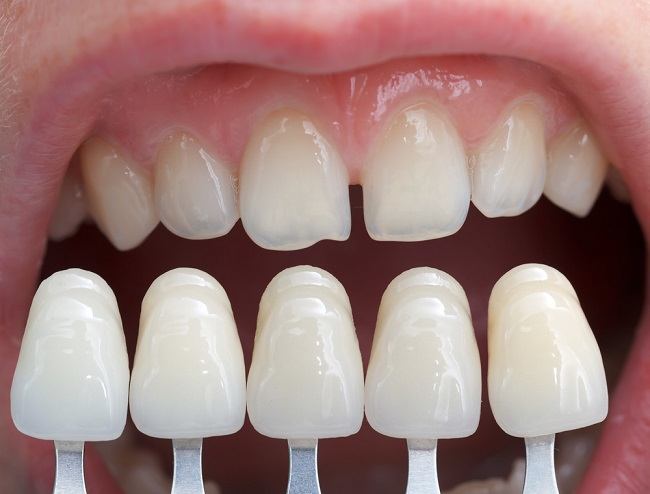Cholesteatoma is an uncontrolled growth of skin in the middle ear area or behind the eardrum. This tumor-like condition should not be taken lightly because it can cause hearing loss and even deafness if left untreated.
Cholesteatoma is often experienced by people who suffer from recurrent middle ear infections. Whereas in rare cases, this condition is experienced from birth (congenital abnormalities or birth defects).

Understanding the Causes of Cholesteatoma
Cholesteatoma occurs due to interference with the eustachian tube, which is the channel that connects the middle ear to the channel behind the nasal cavity. This canal serves to equalize the pressure inside and outside the ear, and to drain or remove fluid from the middle ear.
If the eustachian tube is blocked, the pressure in the middle ear can pull the eardrum inward and form a cyst that will develop into a cholesteatoma. A cholesteatoma will enlarge over time due to the buildup of dead skin cells, fluid, or dirt in the cyst.
Some of the factors that trigger Eustachian tube dysfunction are:
- Allergy
- Severe colds and flu
- Sinus infection (sinusitis)
- Chronic middle ear infection (otitis media)
In addition, cholesteatoma can also occur as a long-term impact of a ruptured eardrum, usually due to infection. The hole in the eardrum allows dirt and dead skin cells from the outer ear canal to enter the middle ear. Over time, these impurities can accumulate and form cholesteatoma.
A common symptom of cholesteatoma is the presence of foul-smelling mucus in the ear. If left untreated, a cholesteatoma can enlarge and destroy the bony structure of the middle ear, causing hearing loss. In severe cases, cholesteatoma can cause deafness.
How to Treat Cholesteatoma
If the cholesteatoma is still relatively mild, the doctor will usually only clean the ear, then give ear drops and antibiotics. The goal is to remove or drain fluid that has settled in the ear, as well as to treat any infection that may occur.
Meanwhile, if the enlargement of the cholesteatoma is severe, then the only treatment is through surgery, such as:
Mastoidectomy
In this procedure, the surgeon will open the mastoid bone (back of the ear) to remove abnormal tissue or tissue that has become infected. Mastoidectomy surgery usually takes approximately 2-3 hours.
Tympanoplasty
Tympanoplasty is performed to repair damage to the eardrum (tympanic membrane). In this procedure, the surgeon will use cartilage or muscle from another part of the ear to fill the hole in the eardrum.
After surgery, some patients may experience temporary dizziness. This side effect is nothing to worry about because it will go away on its own within a few days.
How to Prevent Cholesteatoma
To reduce the risk of developing cholesteatoma, it is recommended that you maintain ear health and clean earwax in the right way, namely:
- Clean the outer ear with a damp cloth, and avoid picking at the ear with your finger, fingernail, or an earpick.
- Use over-the-counter ear drops to soften the lumps of wax for easy removal.
- Avoid using cotton bud to clean earwax, because it risks pushing the wax deeper into the ear canal.
If you often experience a buildup of dirt or fluid in the ear, especially accompanied by hearing loss, immediately consult an ENT specialist. It could be that you already have a cholesteatoma, but it is still in a mild stage. Treatment must be done immediately to prevent the cholesteatoma from getting worse and causing serious complications.









